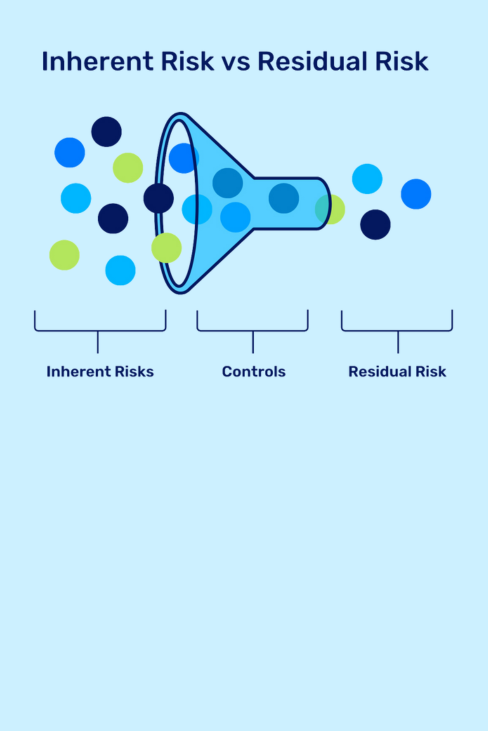Updated on 5/14/2021 at 2:00pm ET
Mergers and acquisitions (M&As) have continued to shake up supply chains, contracts, collaborations, and every other aspect of business for organizations large and small. Regardless of company size, it’s essential to prepare for these changes so the transitions are smooth and integration benefits are fully realized.
Enterprise integrations are incredibly complex, and merging processes, policies, contracts and supplier relationships is huge undertaking. Even relatively simple processes like accounts payable can be difficult to merge without errors occurring that can result in overpayments and lost value. Integrating supplier relationships and different contract pricing is an even more complicated endeavor. During these transitions errors such as overbilling, erroneous payments, unused rebates, return credits sent to defunct accounts, or other possible accounting errors are common and can erode the anticipated value of integration.
Contract and recovery audits can help keep things in order, and keep payments flowing in the right direction. Performed by a third-party in the months and years following an M&A, these audits take stock of the new business entity’s contracts and accounting records to ensure that every clause and facet of the new agreement are being honored.
Here’s how contract and recovery audits can benefit you:
Recouping Overpayments
The auditor can begin with a payables audit, looking at millions of records of raw data covering every payment made by each company before and after the merger or acquisition. Comparing the pre- and post-M&A data allows auditors to identify overlapping supplier relationships and contracts. If overpayments are discovered, they can be recovered or listed as credits towards future payments. The auditor can also use the same data to identify the high-spend and high-volume suppliers from both parties and identify candidates for deeper contract audits and opportunities to gain pricing efficiencies for the new entity.
Time Savings
Certain software programs can perform audits of this kind automatically, but the paperwork and supply chains that result from major M&A deals can be so dense that it takes months for whole auditing teams to wade through. A third-party audit can save your company the many man-hours that these analyses require. Since many of these payments are recurring, time truly is money: the faster problems are found and corrected, the less recovery is ultimately necessary.
Contract Clarity
As stated above, contract and recovery audits aren’t performed immediately after an M&A closes. Instead, they typically happen 6 to 12 months after new contracts with the post-merger business are signed. This time frame allows the dust to settle and the new post-merger business to find its footing. The wider scope makes it easier to recognize unused accounts, suboptimal suppliers left over from previous arrangements, or charges that do not reflect the new contract terms.
Procurement Insights
The best-case scenario, of course, is that transactions are accurate and comply with contract terms, so that no overpayments occur and no refunds are due back to your company. But even in that unlikely event, the audit will generate valuable transparency and the organization can leverage going forward as category strategies are developed and implemented.
To learn more about how to most effectively stay on top of your contract and recovery plans following a merger or acquisition, contact us to speak directly with a team member from SC&H’s Contract Compliance Audit & Recovery Audit Services practice.






